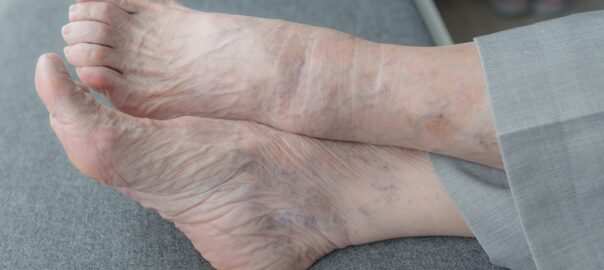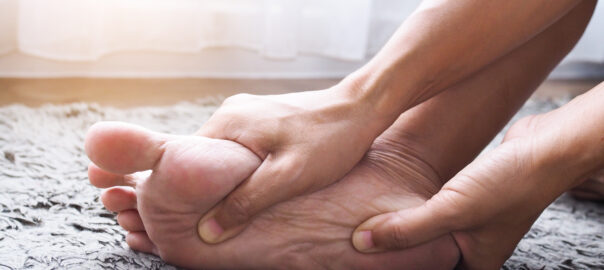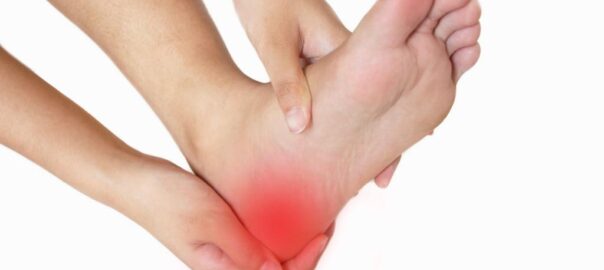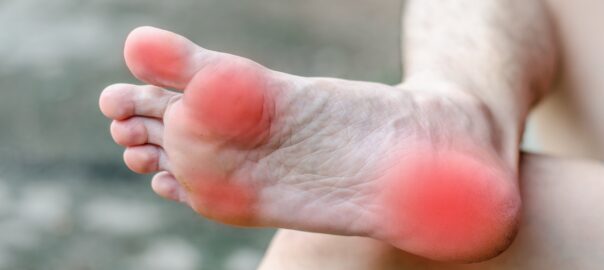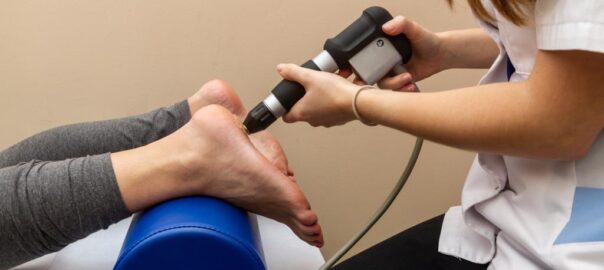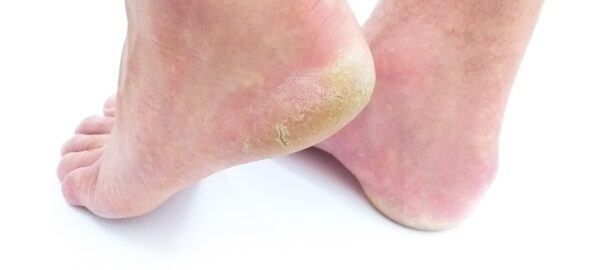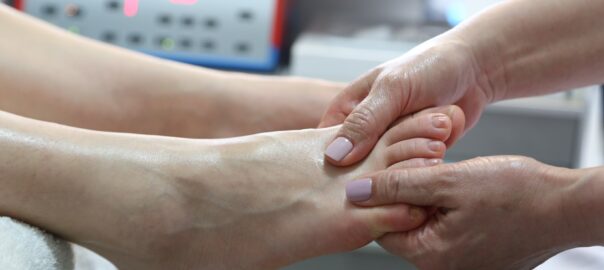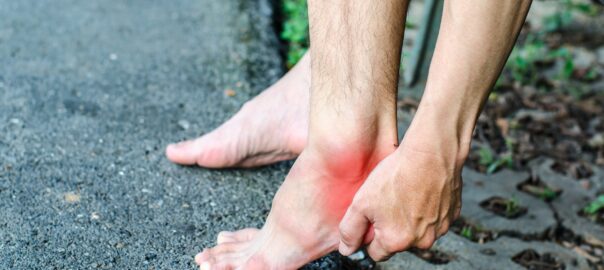Seeing a podiatrist for foot problems can be beneficial in various situations, such as:
- Persistent Pain: If you have ongoing pain in your feet or ankles that doesn’t improve with rest or over-the-counter medications, a podiatrist can help diagnose the issue.
- Foot Deformities: Conditions like bunions, hammertoes, or flat feet may require professional evaluation and management by a podiatrist.
- Changes in Skin or Nails: Any changes in the skin or nails of your feet—such as discoloration, thickening, or unusual growth—should be checked by a podiatrist.
- Injuries: Whether it’s a sprain, strain, fracture, or any foot trauma, a podiatrist can provide appropriate treatment and prevent further complications.
- Diabetes or Circulatory Issues: Individuals with diabetes or circulatory problems should have regular check-ups with a podiatrist to prevent and manage foot-related complications.
- Foot and Ankle Arthritis: Podiatrists can help manage arthritis-related foot and ankle pain and provide guidance on lifestyle modifications and treatments.
- Athletic Injuries: If you’re an athlete experiencing foot or ankle pain or injuries due to sports activities, a podiatrist can offer specialized care.
- Ingrown Toenails: Painful ingrown toenails can be treated by a podiatrist to prevent infection and alleviate discomfort.
- Custom Orthotics or Footwear: For issues related to gait, alignment, or foot structure, a podiatrist can provide custom orthotics or recommend appropriate footwear.
Remember, if you’re unsure whether to see a podiatrist, it’s better to err on the side of caution and schedule an appointment. Even seemingly minor issues can sometimes indicate underlying problems that a podiatrist can address before they become more serious.
Call and schedule an appointment with our Chicago podiatrists at 773-769-3310. Our podiatrists can provide a proper diagnosis based on your symptoms, medical history, and potentially recommend imaging studies or other diagnostic tests to identify the underlying cause and determine the appropriate treatment.








